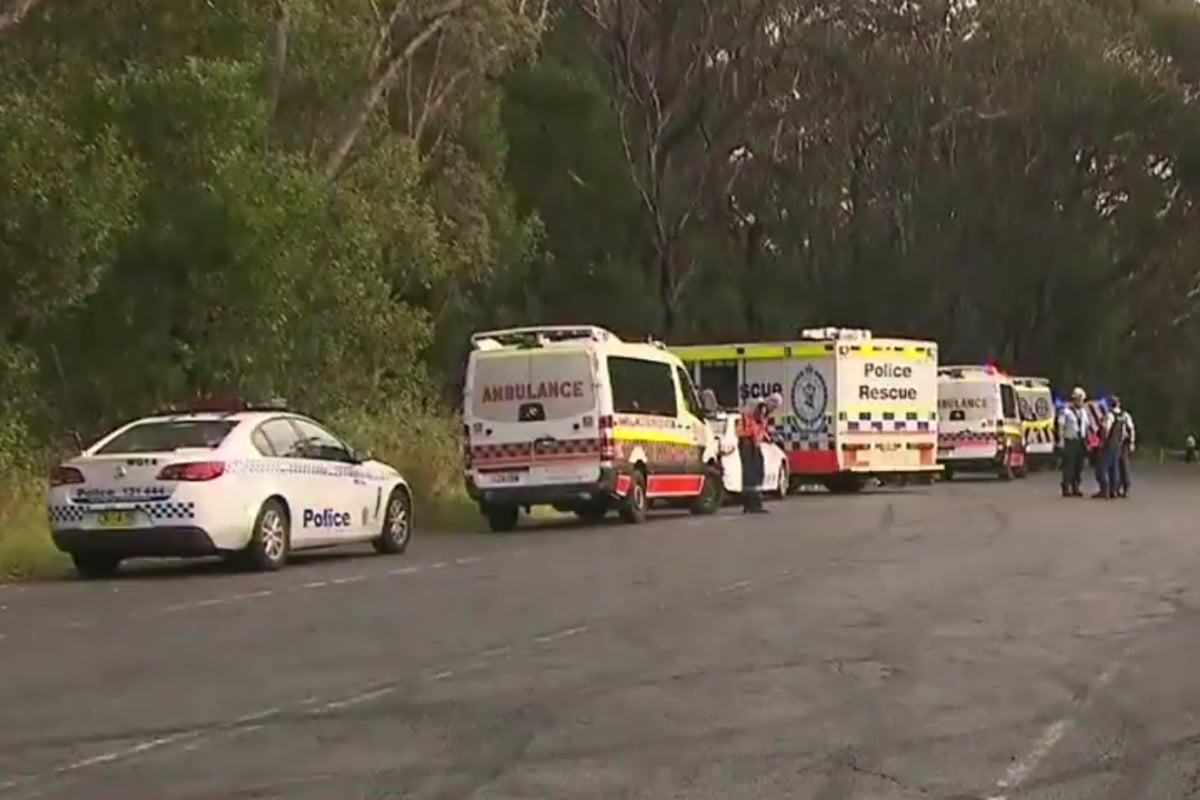
– With AAP.
1. A woman and a three-year-old girl have been found dead below a Wollongong lookout.
A major police operation continued overnight after a mother and child were found dead after falling from a lookout south of Sydney.
Emergency services were called to a lookout near Wollongong just before 2pm on Tuesday following a report of concern for welfare.
The woman in her early 30s and the three-year-old girl were found dead in the dense bushland below the lookout.
A number of people believed to be family members were seen at the scene on Tuesday, 9 News Sydney reported.
The Toll rescue helicopter was seen lowering paramedics into the forest below while NSW Police and NSW Ambulance crews gathered at a nearby road.
A difficult police operation to recover the woman and child’s bodies was underway on Tuesday night.
“Just seeing the police walk off and the ambulance walk off, you just go, ‘You poor buggers. I know what you are about to face when you get down there’,” Wollongong Police District commander superintendent Chris Craner told reporters at the scene.
“It’s steep, it’s hectic, we’ve got police coming in from the low side, police trekking down from the high side and the consideration of the helicopter.
“It’s a treacherous, dangerous area we need to get to, to respectfully get these people out.”
Superintendent Canner said the circumstances of the deaths were still being investigated.
“This is going to be absolutely devastating for the community. It’s going to be devastating for the family,” he said.


